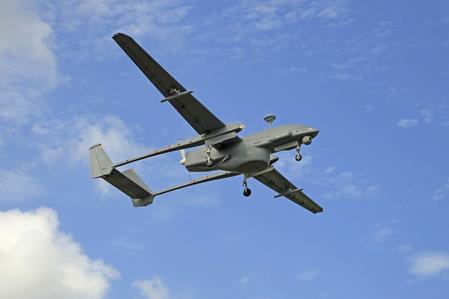
Exercise Trishul: More Than 40 IAF Jets 30,000 Army Personnel And 20-25 Navy Assets Participate
According to defence officials, it involved 20-25 surface and subsurface assets including amphibious platforms of the Indian Navy, more than 40 aircraft with associated ground based assets of IAF, over 30,000 personnel and equipment of the Indian Army and indigenous weapon systems of all services between November 3-7 during this crucial Tri Service Exercise spanning Rajasthan, Gujarat and North Arabian Sea.
Notably, participation of the Indian Coast Guard, BSF and other central agencies further reinforced inter-agency coordination, exemplifying Jointness, Aatmanirbharta and Innovation.
The key focus of this exercise is aimed at bringing jointness amongst the security forces, at a time when the global security architecture is facing a rough time, along with complex security situations in South Asia.
“Covering electronic warfare, cyber, drone and counter-drone operations, Intelligence, Surveillance and Reconnaissance as well as Air Defence Control and Reporting, the exercises reaffirm Tri-Service preparedness to dominate both virtual and physical domains through seamless Land, Sea, and Air integration for coordinated joint fires,” said an official.
In the Thar Desert, Southern Command formations are undertaking intense integrated manoeuvres through Exercises MaruJwala and Akhand Prahaar to validate combined arms operations, mobility, and joint fire integration under realistic conditions, the Indian Army officials said on November 8.
Similarly, the Indian Army conducted Exercise Brahma Shira in the Rann and Creek Sector, bringing together the three services, Indian Coast Guard and BSF in seamless coordination with civil administration to validate integrated capabilities across land, sea and air, it said on November 9.
Exercise Trishul stands as a testament to the Armed Forces' commitment to Jointness, Atmanirbharta and Innovation.
It also serves as a testbed for the Indian Army's Decade of Transformation initiative, built around the five pillars of Jointness and Integration, Force Restructuring, Modernisation and Tech Infusion, Improving Systems and Processes, and Enhancing Human Resource Skills to adapt to the changing character of warfare.

Legal Disclaimer:
MENAFN provides the
information “as is” without warranty of any kind. We do not accept
any responsibility or liability for the accuracy, content, images,
videos, licenses, completeness, legality, or reliability of the information
contained in this article. If you have any complaints or copyright
issues related to this article, kindly contact the provider above.


















Comments
No comment